Be Careful With ‘Nutrition Facts’ as a Model for Tech Transparency
TIME
The tech industry has a new trend: adopting “transparency labels” modeled after the iconic Nutrition Facts panel found on food packaging. In 2020, Apple introduced “Privacy Labels” aimed at disclosing how apps handle user data. And that was just the beginning. Starting on April 10, the FCC is requiring internet service providers to feature “Broadband Facts” labels detailing pricing, speeds, and data caps. Meanwhile, some policymakers and industry analysts have called for an “AI Nutrition Facts” label to clarify how artificial intelligence systems create content.
This rush to emulate the Nutrition Facts panel underscores the label’s status as the go-to model for consumer transparency. Yet, the history of how it achieved that status reveals the power — and the limitations — of using such labels as a regulatory tool. They can inform consumers, but they may also forestall more serious regulation that is necessary to adequately safeguard the public interest.
In the 1950s and 1960s, the Food and Drug Administration (FDA) debated the proper way to safeguard consumers from misinformation and fearmongering in health food markets. Initially, officials resisted nutrition labeling on food, seeing it as unnecessary “quackery” or the purview of medical specialists treating the ill.
But increasingly, the FDA had to weigh the growing legitimate medical interest in using diet as a preventative solution to public health, as well as the rise of a new self-improvement culture that made Americans more health conscious. FDA officials were also cognizant of declining public trust in the government’s ability to make decisions for consumers about their private lives after years of scandals. This shifted officials’ thinking and they began to accept that Americans had the right — and perhaps even the need — to seek out health information for food. They saw informative labels as empowering consumers to make choices for themselves, based on their own lifestyle, without FDA paternalism.
This new approach led to the 1973 introduction of a “Nutrition Information” panel to incentivize the food industry to make healthier packaged options. Adding the label was only voluntary, but if companies wanted to actively promote a heath claim or a food’s nutrients they had to include it to balance out their promotional statements.
RELATED STORIES FROM THE INTEGRITY PROJECT




